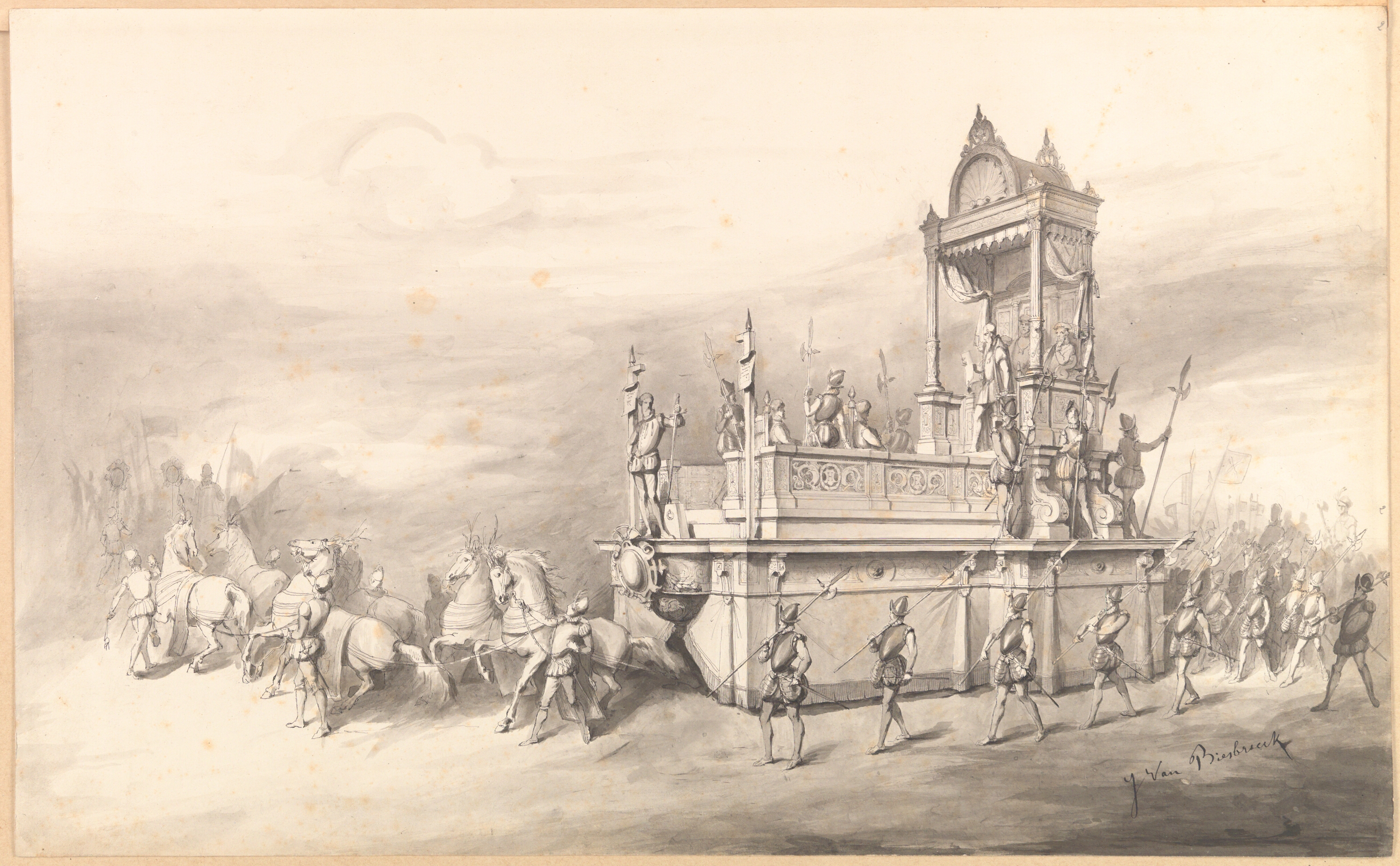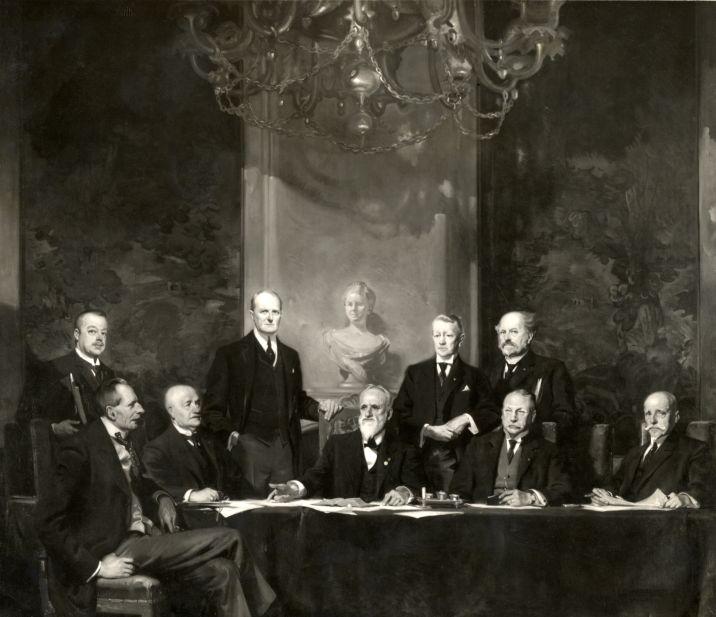|
Pacification
Pacification may refer to: The restoration of peace through a declaration or peace treaty: *Pacification of Ghent, an alliance of several provinces of the Netherlands signed on November 8, 1576 *Treaty of Berwick (1639), or ''Pacification of Berwick'', signed on June 18, 1639 between England and Scotland * Pacification sejm, one of several sessions of the Sejm, especially the one in 1736 concluding the civil war in the Polish–Lithuanian Commonwealth *Pacification of 1917, between religious and secular sects in the Netherlands A military or police action: *Pacification of Algeria (1835-1903), French military operations which aimed to put an end to various tribal rebellions *Occupation of Araucanía (1861–1883), also ''Pacification of the Araucanía'', the actions which led to the incorporation of Araucanía into Chile *Pacification of Ukrainians in Eastern Galicia (1930), a punitive action of Polish police against the Ukrainian minority in Poland *Pacification of Manchukuo, a ca ... [...More Info...] [...Related Items...] OR: [Wikipedia] [Google] [Baidu] |
Pacification Of Ghent
The Pacification of Ghent, signed on 8 November 1576, was an alliance between the provinces of the Habsburg Netherlands. The main objectives were to remove Spanish mercenaries who had made themselves hated by all sides due to their plundering, and to promote a formal peace with the rebellious provinces of Holland and Zeeland. Background In 1566, the Habsburg Netherlands experienced considerable political upheaval and civil unrest, which culminated in the iconoclastic fury of that year. Its ruler, Philip II of Spain, responded by appointing Fernando Álvarez de Toledo, 3rd Duke of Alba as Governor-general, and in 1567 he arrived there to restore order, accompanied by an army of mercenaries. Philip soon replaced the most important advisors to former regent Margaret of Parma, either by summarily executing those such as the counts of Egmont and Hoorn, or by driving them into exile, as he did to William the Silent. Philipe de Croÿ, Duke of Aerschot, however, remained in favor as le ... [...More Info...] [...Related Items...] OR: [Wikipedia] [Google] [Baidu] |
Army Of Cuban Pacification Medal
The Cuban Pacification Medal (Army) is a military award of the United States Army which was created by orders of the United States War Department on May 11, 1909. The medal was created to recognize service during the United States occupation of Cuba from 1906 to 1909. To be awarded the Cuban Pacification Medal (Army), a service member was required to serve in the United States occupation force, garrisoned on the island of Cuba between the dates of October 6, 1906, and April 1, 1909. The Cuban Pacification Medal (Navy) was also issued to naval personnel who served ashore in Cuba between the dates of September 12, 1906, and April 1, 1909, or who were attached to any of a number of ships serving in the area within this timeframe. ''Nava ... [...More Info...] [...Related Items...] OR: [Wikipedia] [Google] [Baidu] |
Hearts And Minds (Vietnam)
Hearts and Minds or winning hearts and minds refers to the strategy and programs used by the governments of Vietnam and the United States during the Vietnam War to win the popular support of the Vietnamese people and to help defeat the Viet Cong insurgency. Pacification is the more formal term for winning hearts and minds. In this case, however, it was also defined as the process of countering the insurgency. Military, political, economic, and social means were used to attempt to establish or reestablish South Vietnamese government control over rural areas and people under the influence of the Viet Cong. Some progress was made in the 1967–1971 period by the joint military-civilian organization called CORDS, but the character of the war changed from a guerrilla war to a conventional war between the armies of South and North Vietnam. North Vietnam won in 1975. Pacification or hearts and minds objectives were often in diametric opposition to the strategy of firepower, mobility ... [...More Info...] [...Related Items...] OR: [Wikipedia] [Google] [Baidu] |
Pacification Operations In German-occupied Poland
The pacification actions in German-occupied Poland during World War II were one of many punitive measures designed to inflict terror on the civilian population of local villages and towns with the use of military and police force. They were an integral part of the war of aggression against the Polish nation waged by Nazi Germany since September 1, 1939. The projected goal of pacification operations was to prevent and suppress the Polish resistance movement in World War II nevertheless, among the victims were children as young as 1.5 years old, women, fathers attempting to save their families, farmers rushing to rescue livestock from burning buildings, patients, victims already wounded, and hostages of many ethnicities including Poles and Jews. War crimes committed during pacification actions in occupied Poland were probed by the West German Central Office of Justice in Ludwigsburg in September 1959 and, in accordance with the German Criminal Code (§ 78/3 pt. 2, and § 212), ultim ... [...More Info...] [...Related Items...] OR: [Wikipedia] [Google] [Baidu] |
Pacification Of Ukrainians In Eastern Galicia (1930)
The Pacification of Ukrainians in Eastern Galicia was a punitive action against the Ukrainian minority in Poland, carried out by police and military of the Second Polish Republic from September until November 1930 in reaction to a wave of sabotage and terrorist attacks perpetrated by Ukrainian nationalists. It took place in 16 Polish counties of three southeastern voivodeships. This area was in the interbellum part of the so-called Eastern Lesser Poland province. Therefore, in Ukrainian and Polish literature this event is called "Pacification in Eastern Galicia" ( uk, Пацифікація у Східній Галичині) and "Pacification of Eastern Galicia" ( pl, Pacyfikacja Galicji Wschodniej) or "Pacification of Eastern Lesser Poland" ( pl, Pacyfikacja Małopolski Wschodniej), respectively. Background Eastern Galicia, about equally populated by Poles and Ukrainians, east of the Curzon line, was incorporated into the Second Polish Republic after Austria-Hungary's collaps ... [...More Info...] [...Related Items...] OR: [Wikipedia] [Google] [Baidu] |
Pacification Of 1917
The Pacification of 1917 was a political agreement between liberals and socialists on the left and some Christian parties on the right in the Netherlands, ending both the suffrage issue and the school struggle. The Christian parties involved would later present themselves as "Christian-democrats". Process and agreement The suffrage issue and the school struggle were issues that had dominated Dutch politics in the previous decades. When the liberal Cort van der Linden cabinet took office in 1913, it vowed to resolve both issues. A state committee tasked with finding a resolution to the suffrage issue was instituted on 15 November 1913. Although led by the liberal professor Jacques Oppenheim, it included members from all parliamentary parties and movements of the time, seeking a compromise that could rely on broad support. A second state committee for the school struggle was instituted on 31 December. It was led by the progressive liberal member of the House of Representatives Di ... [...More Info...] [...Related Items...] OR: [Wikipedia] [Google] [Baidu] |





